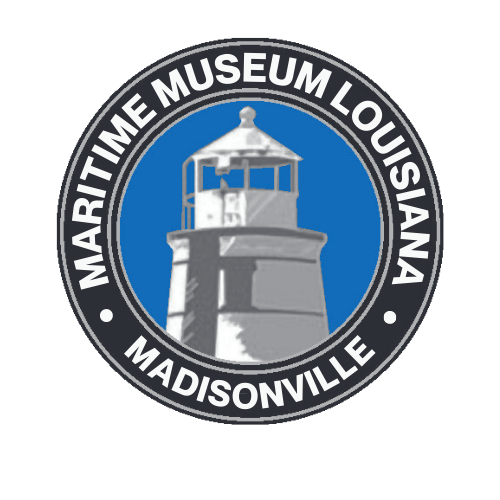EXHIBITS & COLLECTIONS
-

James Rumsey: Man & Myth
For more than 40 years, Donald J. Sharp has been pulling together information about James Rumsey and his times. This exhibit displays many tales of Rumsey and his successes on the Potomac River in Shepherdstown, West Virginia which were possible only by the groundwork that was done in St. Tammany Parish.
-

Tchefuncte Wildlife Display
Nestled in with our steamboat display, here is just a small sample of common wildlife present in the Tchefuncte River. Taxidermized alligators, birds, snakes, and even deer are just a few of the animals present in this display.
-

CSS Pioneer
The CSS Pioneer was an experimental submarine built by the Confederacy during the Civil War, across Lake Pontchartrain in New Orleans. Built at the Leeds Foundry in New Orleans, it was tested on the lake but never saw combat during the Civil War. With the Union encircling New Orleans, the submarine was scuttled in Bayou St. John and would later be raised and sold for scrap following the war.
-

Life on the Bayou Diorama
This highly detailed diorama displays what life looked like here in Southeast Louisiana during the early to mid-19th century. The diorama shows a community based along the river, and goes all the way back to the bayou and cypress tree forests which are all too common to the area. People harvesting Spanish moss, chopping down trees, building houses and farming crops are just a few of the many details present in this display.
-

Lighthouses of Louisiana
Housed here at the Maritime Museum of Louisiana are various models and replicas of Louisiana’s current and former lighthouses. Various lighthouse models on display include the New Canal Lighthouse, Pass Manchac Lighthouse, and even a model of the local Tchefuncte River Lighthouse. In addition to the models, we also have the light assembly that formerly belonged to the Pass Manchac Lighthouse, before its destruction in 2012, among other lighthouse artifacts.
-

Jahncke Shipyard
The Museum’s present location was once the site of the Jahncke Shipyard, established by Fritz Jahncke in 1900. The shipyard would employ some 2,200 workers to construct six wooden ships in fulfillment of a contract with the U.S. Navy, an effort that constitutes the largest industrial effort in the northshore’s history. Though World War I ended before all of the ships were finished, the shipyard changed the face of Madisonville forever.
